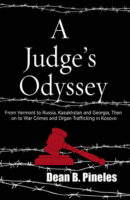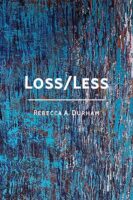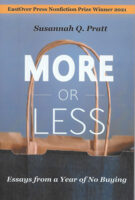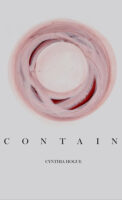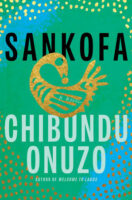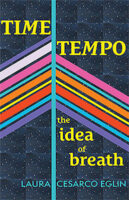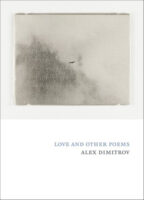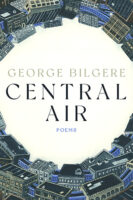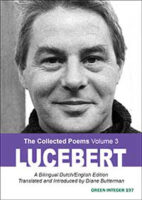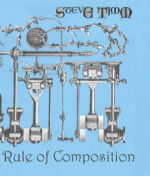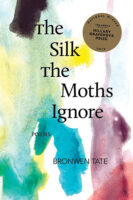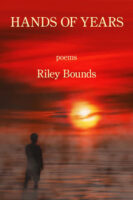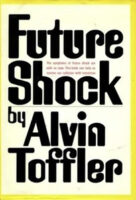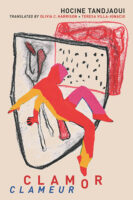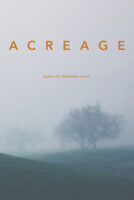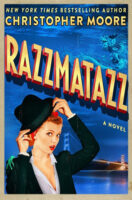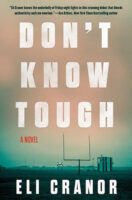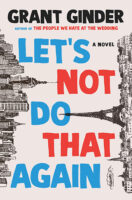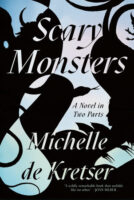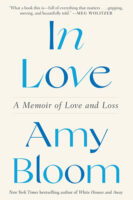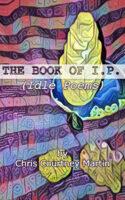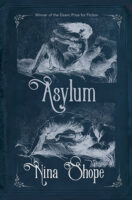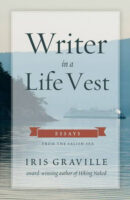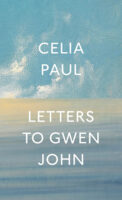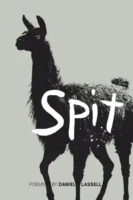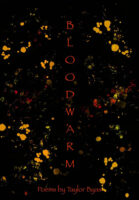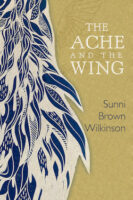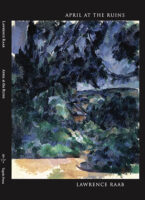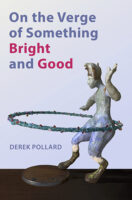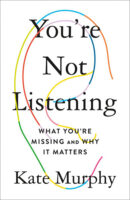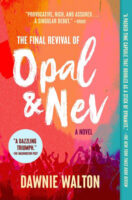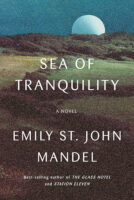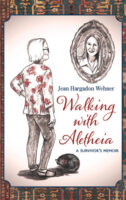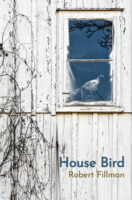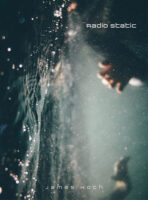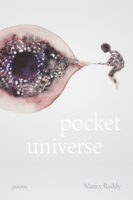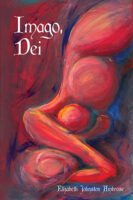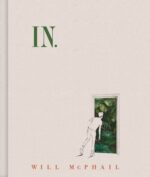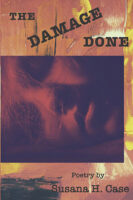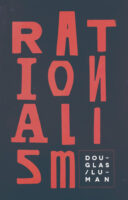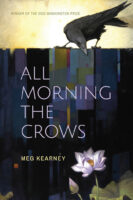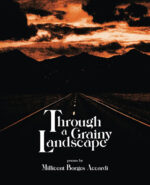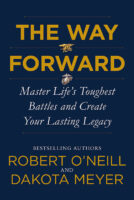Book Review :: The Book of Form and Emptiness by Ruth Ozeki

Guest Post by Kevin Brown
Readers should know something going into Ozeki’s novel: inanimate objects talk to the main character, Benny Oh. One of those items is the book the reader is reading and that Benny is writing, more or less. If you can’t get past that technique, this book isn’t for you, as it’s central to the novel. Benny might be crazy, but he might also simply be seeing more of the world than other people; Ozeki leaves that up to the reader, as it’s a question she believes is worth exploring. Benny struggles with it himself, as does everybody around him, and there is a colorful cast of characters he interacts with. Ozeki tangentially explores a number of relevant social issues, ranging from climate change to consumerism, but she mainly seems interested in how we relate to the universe and those around us. Thus, she uses a variety of characters to explore the things (the actual stuff) that make up our world and our relationships with it, whether we horde them or seek to order them. As a Buddhist, Ozeki believes the world is more alive than most of us would admit and that we are one with it, whether we want to be or not. Most of us just aren’t listening closely enough.
The Book of Form and Emptiness by Ruth Ozeki. Viking, September 2021; Penguin, June 2022.
Reviewer bio: Kevin Brown has published three books of poetry: Liturgical Calendar: Poems (Wipf and Stock); A Lexicon of Lost Words (winner of the Violet Reed Haas Prize for Poetry, Snake Nation Press); and Exit Lines (Plain View Press). He also has a memoir, Another Way: Finding Faith, Then Finding It Again, and a book of scholarship, They Love to Tell the Stories: Five Contemporary Novelists Take on the Gospels. Twitter @kevinbrownwrite or kevinbrownwrites.weebly.com/.
If you are interested in contributing a Guest Post to “What I’m Reading,” please click this link: NewPages.com Reviewer Guidelines.

